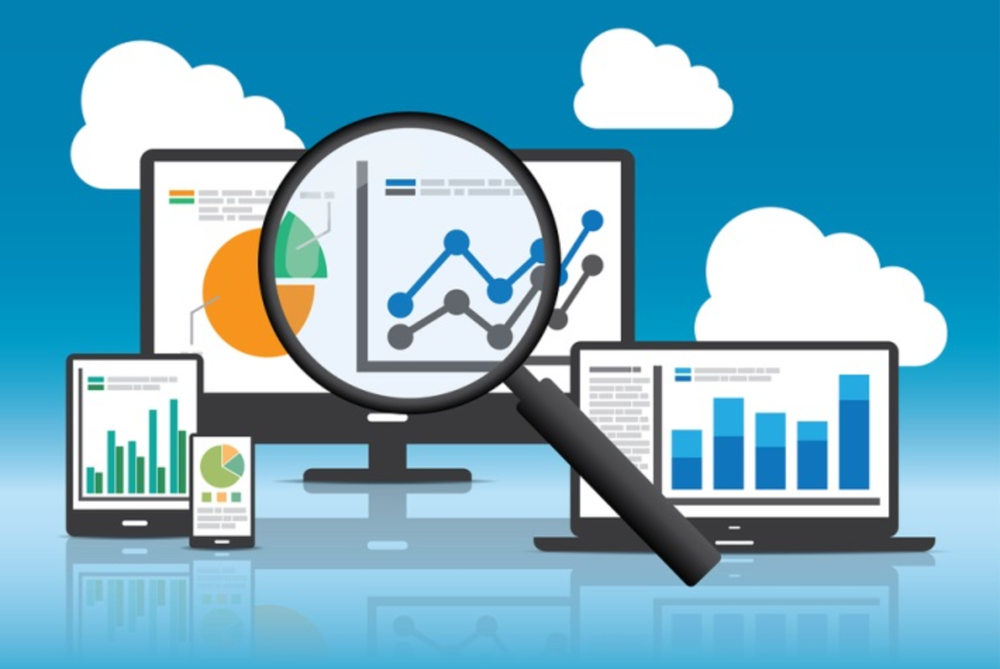The definition of analytics today seemingly changes with each moment. Technology pioneer Kevin Ashton is credited for coining the term “Internet of Things,” or IoT, in 1999. But at Teradata’s 2015 PARTNERS Conference and Expo in Anaheim, co-president Hermann Wimmer said that marketers—and their customers—have evolved far past that relatively new view of analytics. “The real future [of data] is the analytics of everything,” Wimmer said.
He noted that marketers have so much available data—and, of course, the insights harbored inside of that information—that companies have yet to tap into even the surface of that potential innovation, discovery, product, service, and relationship that comes from analytics.
In an age of copious data, however, many marketers are spending more time figuring out how to organize that data and which tools to buy, rather than pulling valuable insights from analytics.
“Marketers are forced to invest in all of these channels, and it’s diluted their impact,” said Teradata co-president Bob Fair later in the keynote session. “Marketers have to be smarter than ever to prove their ROI. Every like, tag, or tweet is a customer touchpoint; unlocking these insights is essential.”
In connection to that theme, Wimmer said that marketers need to change the way they think about where they get analytics; it’s not just through marketing channels, such as email or social. And it’s not even solely from ubiquitous mobile devices, like smartphones, tablets, and wearables. It’s all of it combined—the entire journeys and experiences of your customers. “In fact, just 1% of data from the Analytics of Things gets analyzed. Marketers have to change that,” Wimmer said.
Fair also drove home that marketers are working in the age of the customer, not the broadcasting era of yesteryear. “To win you need to understand individualized marketing. Serve the customer an experience exactly as [he] wants it; as marketers, it means that we [should work to] understand the customer clearly,” he said. “Customers are in charge, and understanding them as individuals empowers you to better connect anytime that they’re ready.”
Thriving in the age of the customer takes strategy. On a final note, Fair gave what he called the “three imperatives” to succeeding in the digital, customer-driven age.
One: Understand your customers. Fair said that two thirds of customers think that their favorite brands don’t understand them. That’s a wake-up call. Use integrated insights; understand the customers across all channels.
Two: Be adaptable. Marketers need planning, production, compliance, and regulation to determine what’s working—and what’s not. When we can see the customer clearly, then we can adapt and interact.
Three: Marketers need connected interactions. Fair says the companies, whether B2B or B2C, need to deliver cohesive, coordinated, and relevant experience to customers. Choose marketing platforms that are built for the customer, not a particular channel.








